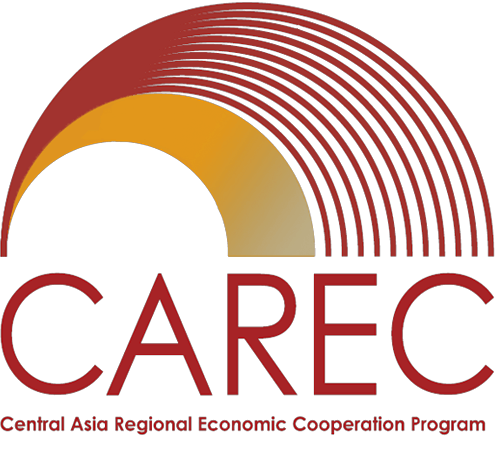Central Asia Atlas of Natural Resources
Central Asia—the region made up of Kazakhstan, the Kyrgyz Republic, Tajikistan, Turkmenistan, and Uzbekistan—is a vast land mass separating the countries of Eastern Europe and the Caucasus from East and South Asia. It is a region rich in natural resources, including oil and gas, and has a surprising variety of animals and plants. And it is a region long shrouded in mystery, known by most for its role in ancient trans-Asian commerce via the Silk Road.
A glance at a map of Central Asia reveals a vast bowl of mainly sandy deserts, broadly capped in the north by green plains of the Central Asian steppe and cradled in the south and east by soaring snow-clad mountain ranges that form the region’s borders with Iran, Afghanistan, and the People’s Republic of China. Despite having two inland seas, it is mainly an arid and uncompromising region stretching some 4,000 kilometers from east to west, with an area the size of Europe.
The contrasts between the countries are everywhere extreme; three of them have large reserves of fossil fuels while the other two are powered mainly by hydroelectricity. The deserts are crossed in some parts by gas and oil pipelines, and in others by vast irrigated farms of cotton and wheat.
From mountains to valleys, a wide diversity of life exists. Some parts of the region can be considered “crossroads” for Asian and Mediterranean species; other areas are unique centers of endemic species. Here can be found the last survivors of the wild horse and the genetic center of many temperate fruits and nuts.
This remarkable publication vividly displays the diversity and importance of the region’s natural resources and the need to maintain them, while offering a fascinating glimpse into this very special part of our world. The Central Asia Atlas of Natural Resources highlights the region’s
- geographic and climatic features;
- environmental, economic, and social profiles;
- energy, minerals, and water resources;
- ecoregions and ecosystems;
- major fauna and flora;
- agriculture and fisheries;
- peoples and cultural traditions; and
- progress toward sustainable development.
It contains an array of maps based on geographic information systems and remote sensing images, numerous photographs, and extensive descriptive text. Also included is extensive tabulation of the status and trends in exploitation and conservation of living and nonliving resources, as well as economic and social statistics.
The Atlas is an output of the Central Asian Countries Initiative for Land Management (CACILM) Program, a 10-year partnership between the Central Asian countries and the international donor community that began in 2006. Its aim is to restore, maintain, and improve the productive functions of land in Central Asia, leading to better economic and social well-being, while preserving the ecological functions of the land.
For an online preview of the book, click here.
Contents
- Cover, Title Page, Contents, Foreword [PDF: 995 KB | 10 pages]
- Amid Deserts, Steppes, and Mountains [PDF: 4.6 MB | 23 pages]
- The Five Countries of Central Asia [PDF: 844 KB | 6 pages]
- Kazakhstan – A Rich and Varied Landscape [PDF: 1.07 MB | 4 pages]
- Kyrgyz Republic – The Spirit of Welcome [PDF: 990 KB | 4 pages]
- Tajikistan – Proud Mountain Nation [PDF: 1.03 MB | 4 pages]
- Turkmenistan – Making the Most of Desert Resources [PDF: 932 KB | 4 pages]
- Uzbekistan – Crossroads of Central Asia [PDF: 1.04 MB | 4 pages]
- Energy Resources – Enormous Development Potential [PDF: 1.46 MB | 12 pages]
- Mineral Resources – Geologists’ Paradise [PDF: 867 KB | 6 pages]
- Water Resources [PDF: 3.63 MB | 24 pages]
- Living Resources [PDF: 3.87 MB | 28 pages]
- Agriculture [PDF: 2.72 MB | 18 pages]
- Fisheries and Aquaculture [PDF: 908 KB | 4 pages]
- Peoples and Cultural Traditions [PDF: 1.5 MB | 8 pages]
- Natural Resources, Environment, and Poverty [PDF: 2.38 MB | 14 pages]
- Toward Sustainable Development [PDF: 1.02 MB | 14 pages]
- Information Resources, Abbreviations, Acknowledgments, Contributors, Photo Credits, Indexes [PDF: 651 KB | 35 pages]
